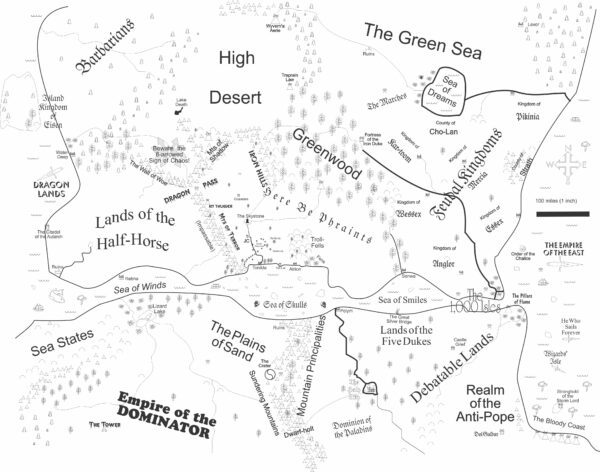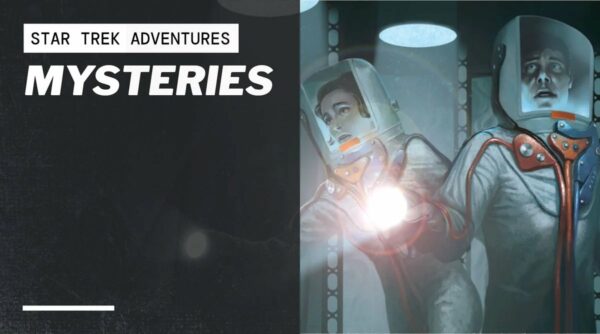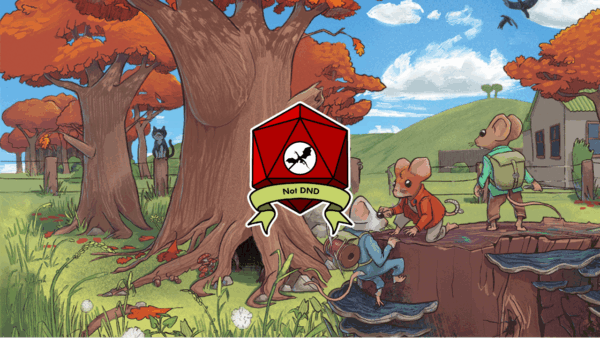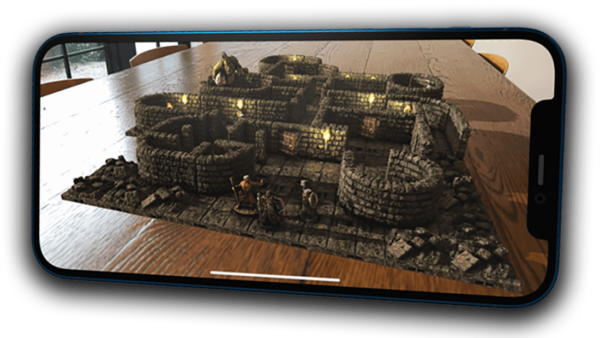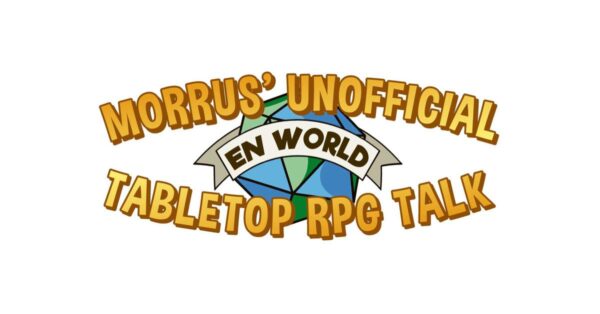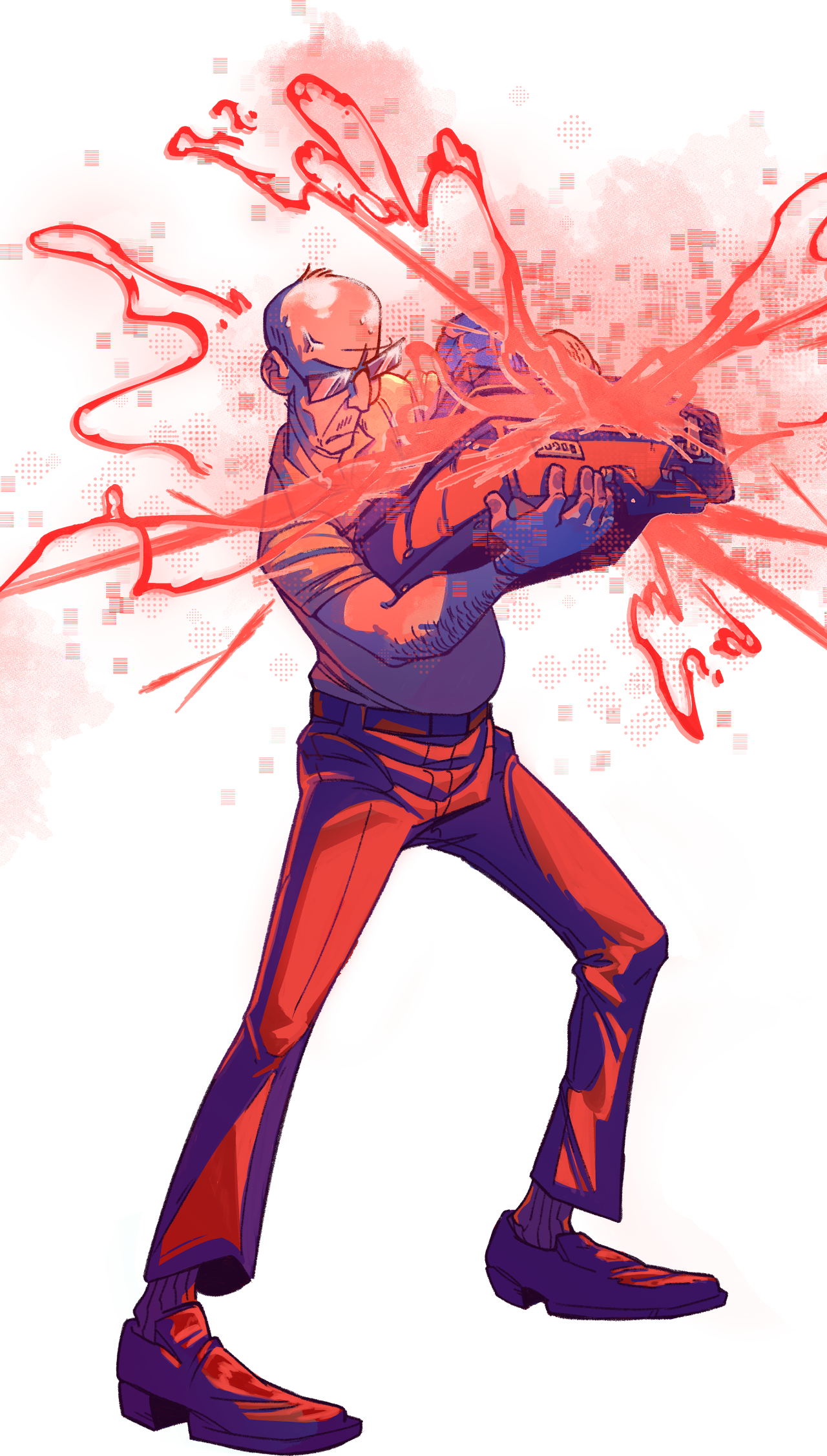
There’s horror all around us. We rarely get to see things like tentacled horrors or immortal bloodsuckers in real life, but we’ve all had harrowing experiences of meetings that could have been emails and co-workers who keep messing with the thermostat without asking permission. Triangle Agency, from Haunted Table Games, combines the capital-H Horrors of interdimensional monsters with the small h horrors of corporate bureaucracy. Designers Caleb Zane Huett and Sean Ireland ran a hugely successful Kickstarter last year and recently delivered text and art final PDFs to backers and the public with physical copies due later this year. Did the game live up to its resume? Let’s play to find out.
Triangle Agency uses a fairly classic campaign frame of an agency in charge of protecting the world from strange anomalies that threaten our normal view of things. Unlike the grim conspiracy of Delta Green or the supernatural superfriends of Monster of the Week, Triangle Agency learns into the surreal satire of Brazil and Men In Black with a dash of horror from sources like Fringe and Control. The book is broken into three broad parts and takes the overall form of a new agent’s training manual. The first part is the player section, the second is the GM section and the third is advancement material unlocked during play. 3 is a recurring theme in the game, as the mechanics make clear.
Characters are composed of three parts summarized with the acronym of ARC. The first part is the Anomaly that the character bonded with which is how they came to the attention of the agency. The second is their Reality which details the friends and relationships that tie them back to the normal world. The third is their Competency which reflects their role within the agency and how they’ve been trained to deal with the weirdness they encounter on a daily basis. Plugging these three bits together makes character creation run quickly and it also highlights one of the strengths of the writing in the book. The descriptions of these pieces have a perfect fake corporate friendliness to them that will make anyone that’s been stuck reading an employee’s handbook laugh out loud. But they’re also cut with a sinister edge that acknowledges some of the darker aspects of the game while never dropping the friendly smile.
Characters advance by putting points into each of these concepts. As they advance, they must also choose which of the other advancement paths they have to cross out and make the decision if they are going to be a generalist versus a specialist. As characters head down each track, they unlock new abilities and mechanics. When they color in a specific block, they turn to the corresponding entry and add it to their character. I think some players will really enjoy this sense of self-exploration for their characters. But there are others who will probably not enjoy having full control of how they build their characters.
Players roll 6d4 and if any of them comes up a three, the action is a success. They roll the dice when they want to do one or two things; use the powers of the Anomaly that they’ve bonded with or ask the agency to alter reality to make their job easier. The more threes they roll for their anomaly the more effects it can trigger. Asking the agency means the agent and their team need to come up with a plausible chain of causality to explain why, suddenly, there’s a piano suspended over the mass of tentacles on the construction site and that chain just broke.
This puts a central mechanic to the game that reminded me of coincidental magic from Mage: The Ascension. I loved that mechanic because it taught me how to run with players and their wild ideas instead of shutting them down in the name of realism. It shares a Paradox like risk as well. Every unsuccessful die gives the GM a point of chaos they can spend to make the job more difficult. That includes activating new monster powers, sending in minor anomalies to harass the agents or protect the main one or even causing a player’s Reality to show up at an inconvenient time. What’s worse than dealing with a bus sized abomination spewing acid that tears at the fabric of reality itself? Having to do so while helping your dad over the phone with computer issues that are vital to him getting your mom’s anniversary present to their house on time.
The game master section takes on a darker turn as its written in the style of someone that’s hacked the document by working from inside the agency to disseminate the truth and turn the players against their masters. I generally enjoy documents like this where the text is in-world and unreliable, but there’s one area where I think the concept went a little too far. The agency doesn’t want the players to make their Anomaly more powerful so the rules for advancing them are hidden away by the rebel narrator away from the rest of the rules. It took me a few tries to find them on my initial read. Given how central they are to the game, that’s not a choice I would have made in development.
Triangle Agency stands out from its monster hunting peers with gorgeous art, slick graphic design and a voice that’s brimming with dark humor. It lets players fight for reality by changing it and threatens them by changing it right back. If they’re lucky, after they’ve saved the world, management might even spring for a pizza party (2 slice maximum).


